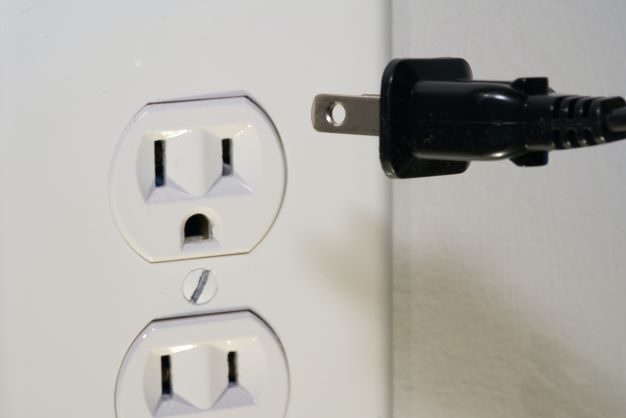Overview
Canada’s electricity consumption has two major components: baseload (constant, steady demand) and peak demand (surges in electricity consumption). Patterns of electricity demand affect what types of electricity generation are used (e.g. nuclear and hydro for baseload and natural gas for peak). By altering patterns of usage, there is less reliance on generation methods which have greater environmental impact.
NB Curricular Connections
Science 10
- Strand: Scientific Literacy – Big Idea: Investigation – Skill Descriptor: Examine questions about relationships between and among observable variables to plan investigations.
- Strand: Scientific Literacy – Big Idea: Sensemaking – Skill Descriptor: Analyze and interpret qualitative and quantitative data to construct explanations and conclusions.
- Strand: Learning and Living Sustainably – Big Idea: Relationships Between Science and Technology – Skill Descriptor: Apply scientific and technological knowledge and understanding of sustainable practices.
What You’ll Need
- Baseload-vs.-Peak-Demand-Lesson-Plan
- Home Electricity Consumption Chart – one per student
- Baseload vs. Peak Demand Rubric – one per student
- How Electricity Generation Works Info Sheet – one per student
- Kill-A-Watt Power Monitor* (optional) – one per student, can be borrowed from NB Libraries
- LCD projector or interactive white board
- Electronic device with internet access
Instructions
- Conduct an energy audit of the classroom for one class period. Record which electrical devices are operating in the classroom and how many minutes each device was operating, including start and stop times.
- Students can graph the results to show how much power was consumed in the classroom and at which times, along with total electricity consumption (in watt-hours) for the class period.
- Provide each student with a copy of the Home Electricity Consumption Chart and the Baseload vs. Peak Demand Rubric. Students will be charting their home electricity consumption over a 24-hour period.
- As part of the investigation, students will:
- conduct an inventory of all electrical devices in the home that are plugged in (draw electricity from the electrical grid);
- determine which devices run constantly and calculate how much power they use (e.g. refrigerator);
- determine which devices run for short periods of time and calculate how much power they use (e.g. laptop, TV);
- determine which devices use phantom power and calculate how much power they use (e.g. DVD player);
- calculate the total household consumption for each hour of the day;
- calculate the average hourly consumption as well as the peak and lowest hours of consumption;
- convert the hourly data into a graph; and
- create an action plan that lists at least three ways that their families could shift some of their electrical consumption from the peak demand times to lower demand times.
- Review the assignment requirements and the rubric with the students.
- Create an electronic spreadsheet for the students to input their data and post this on a class portal to supplement the paper data collection tool.
- The class electricity consumption could be recorded on other days to compare results, or results from different classes could be compared. An electricity audit of the entire school could also be conducted over one day or an entire week.
- An alternative to having students complete individual Home Electricity Consumption Chart is to have each student or the entire class devise an action plan to modify the classroom’s electricity consumption pattern.
- Provide each student with the opportunity to present his/her consumption data to the class.
- Each student should discuss whether he/she considers the data collected as representative of a typical day in his/her home. If not, what was unusual about the day?
- Tally each student’s peak consumption hour and lowest consumption hour. As a class, discuss what patterns were observed using questions such as:
- Which hours showed the greatest consumption? Why do you think this was?
- Which hours showed the lowest consumption? Why do you think this was?
Extension Ideas
- Consider pairing this activity with the speaker series video, Shediac Smart Energy Project, where the town of Shediac has created an innovative community solution to lowering their peak electricity demand using solar energy.
Global Competencies
Acknowledgments
Activity downloaded from Teach Nuclear Baseload vs. Peak Demand – Teach Nuclear




